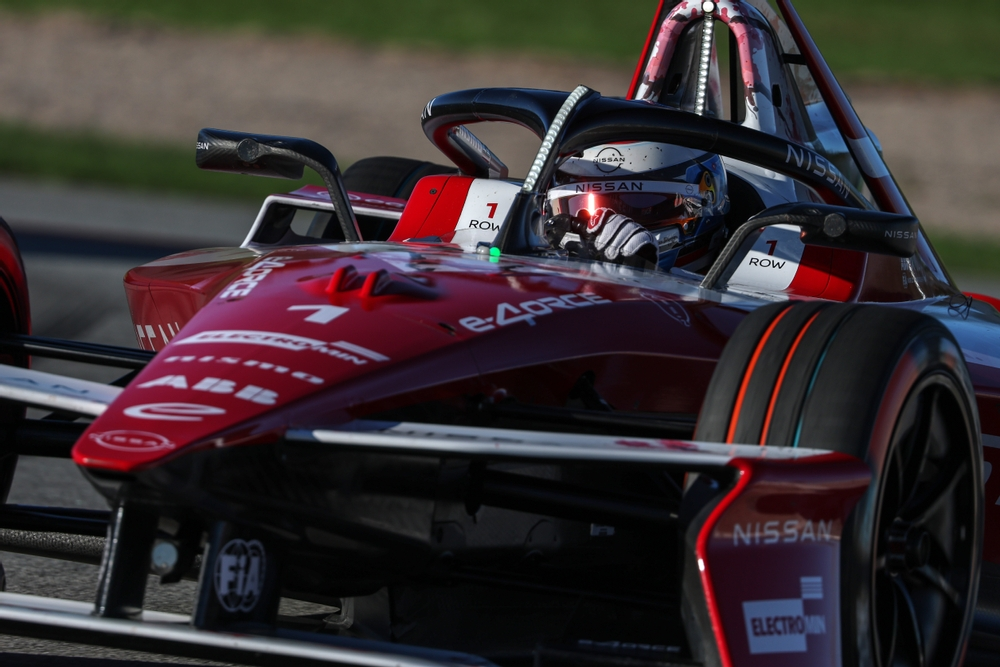
Formula E has confirmed its full 2025/26 driver line-up by signing Pepe Martí at CUPRA KIRO, which completes an all-male grid for the tenth consecutive season.
READ MORE: CUPRA KIRO confirm their driver line-up
Simona de Silvestro, the last woman to compete in 2016, remains the only female driver to score points in the championship’s history.
Before her, Katherine Legge and Michela Cerruti participated in the pioneering inaugural season.
Since then, female drivers have remained sidelined.
Why haven’t there been any more female drivers?
No technical or competitive barriers prevent teams from developing talented female drivers into full-time racers.
What’s lacking is investment and belief.
Formula E teams could lead the way by supporting talented women earlier in their careers, just as Formula 1 teams nurture future stars through junior programs.
If teams provided these drivers with the same testing time and development support as their male counterparts, they could certainly match the pace.
A team backing a woman through their junior career with the goal of an FE seat could propel that driver’s entire livelihood.
It is easier for younger drivers to adapt and become on par in pace within FE than F1 or WEC, so why waste this opportunity to get women into the pinnacles of motorsport?
Formula E has already demonstrated its ability to bring in rookies with little experience—both Martí and Taylor Barnard joined straight from Formula 2. The same opportunity should extend to women.
Talented women like Abbi Pulling, Ella Lloyd, Chloe Chambers, and others from the F1 Academy participated in rookie and all-women testing sessions this year and proved their worth.
Data from Valencia and previous women’s testing reveals a narrowing gap in pace between the permanent male drivers and the women. Their times were often just tenths off the regular grid after limited running for both sides.
If Formula E had given these women three days instead of one, how much closer would their times have been to those of the permanent drivers?
Adding junior and simulation development to that equation paints a realistic picture.
All it takes is belief—belief in these women, belief in all women, equal to the belief in all men.
If Formula E fails to recognize this data as a sign of opportunity, the tests risk becoming merely symbolic, allowing another decade of male domination to pass by.
READ: Meet the women who have been behind the wheel in Formula E
Image by Simon Galloway/LAT Images/ FE Media Bank


